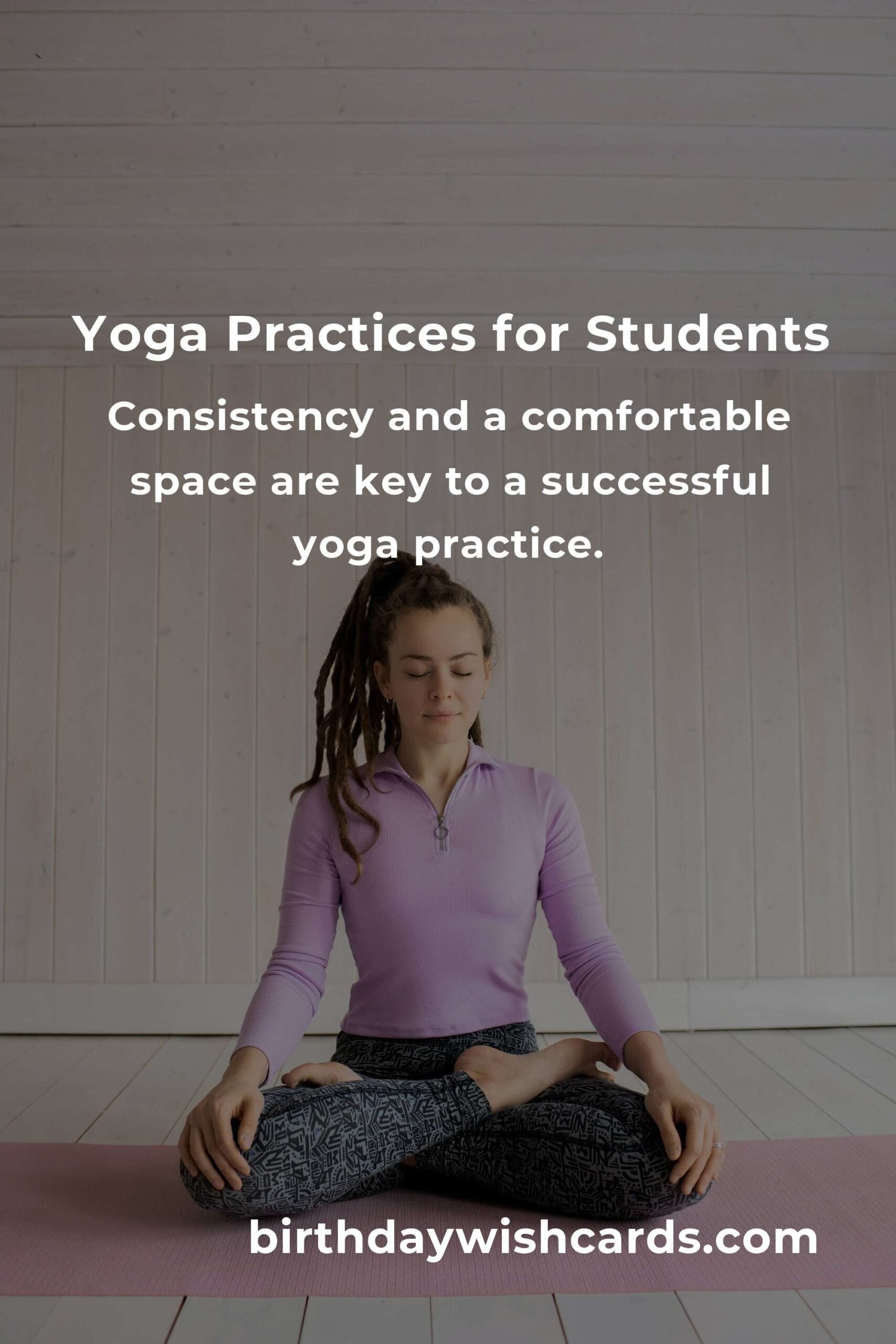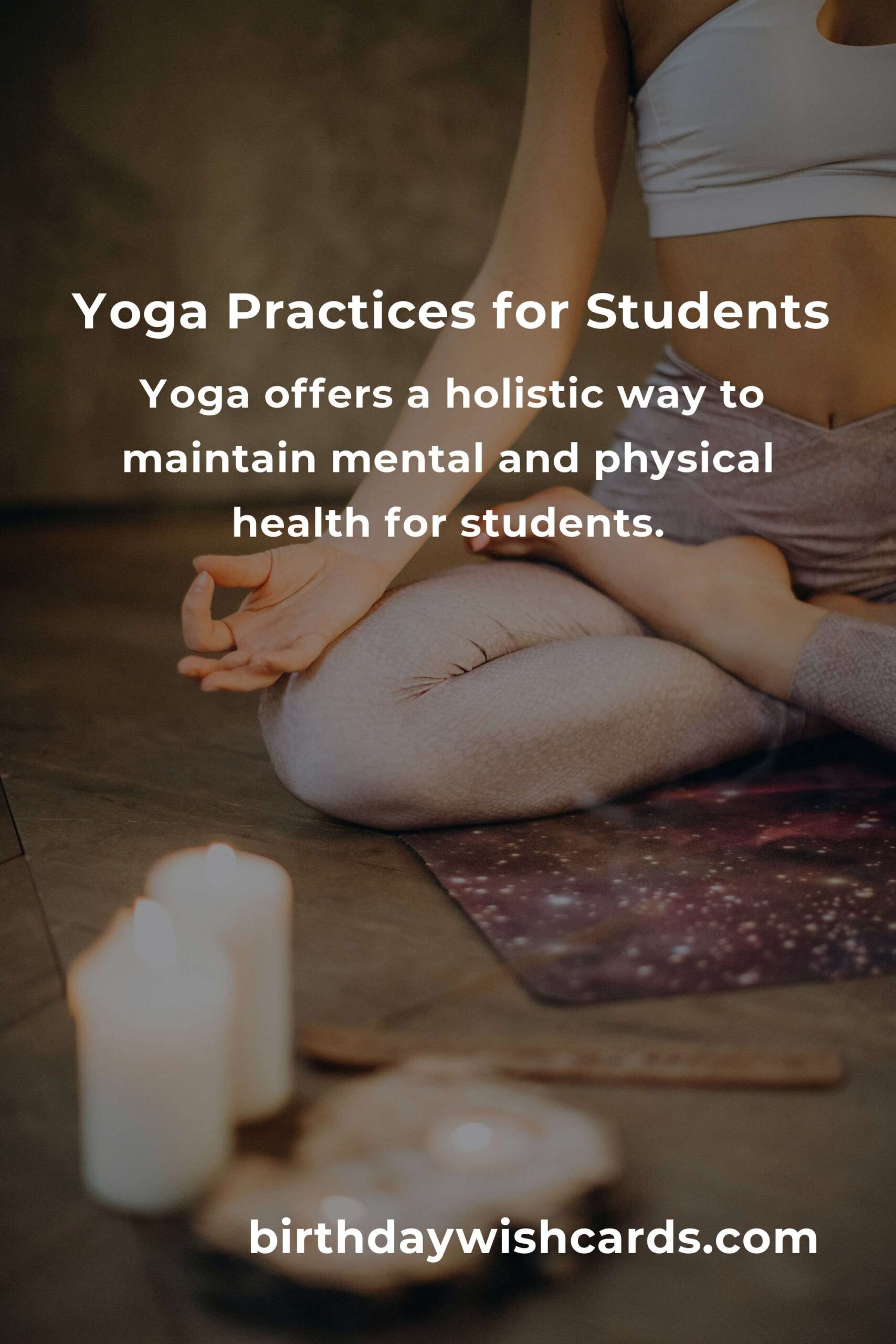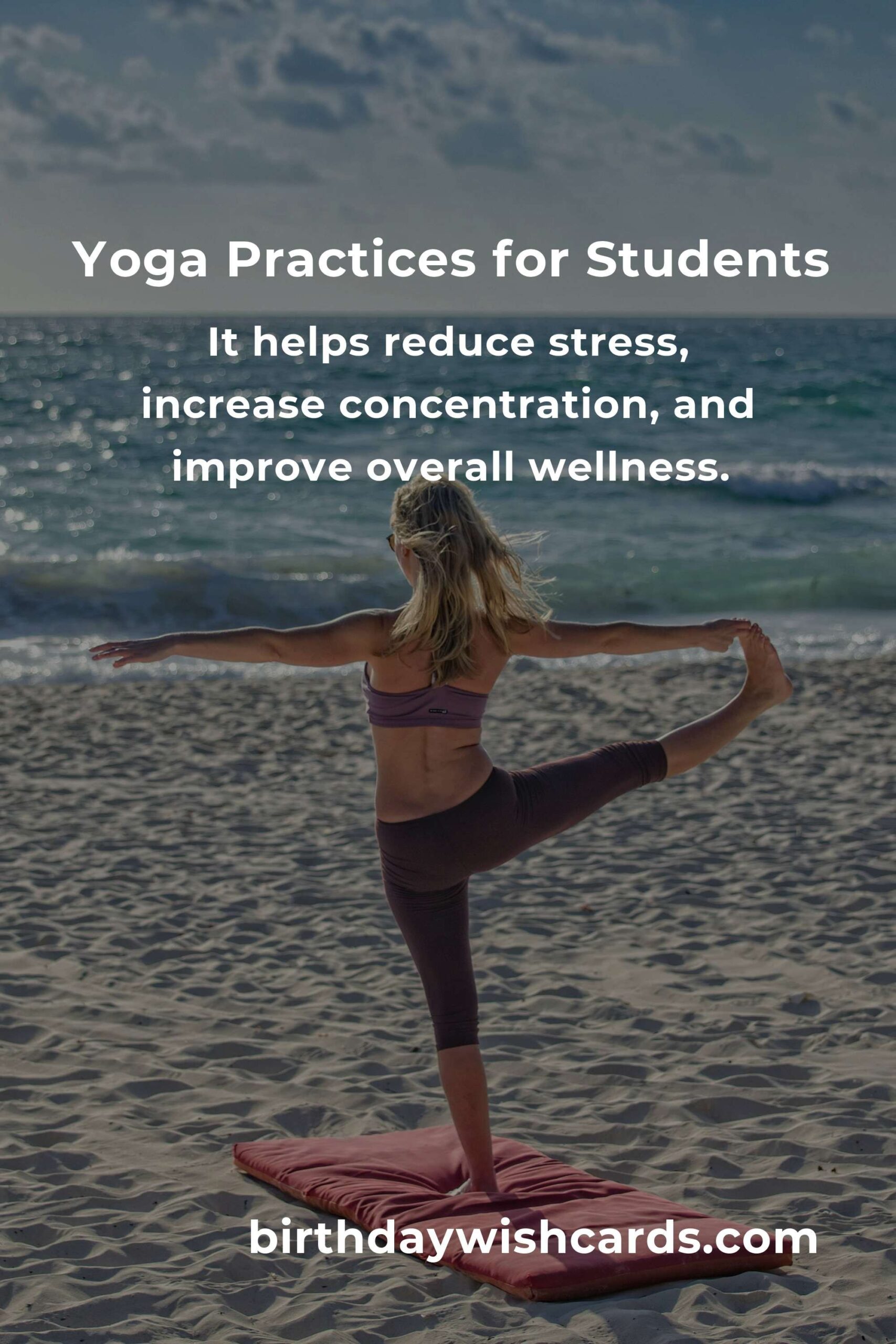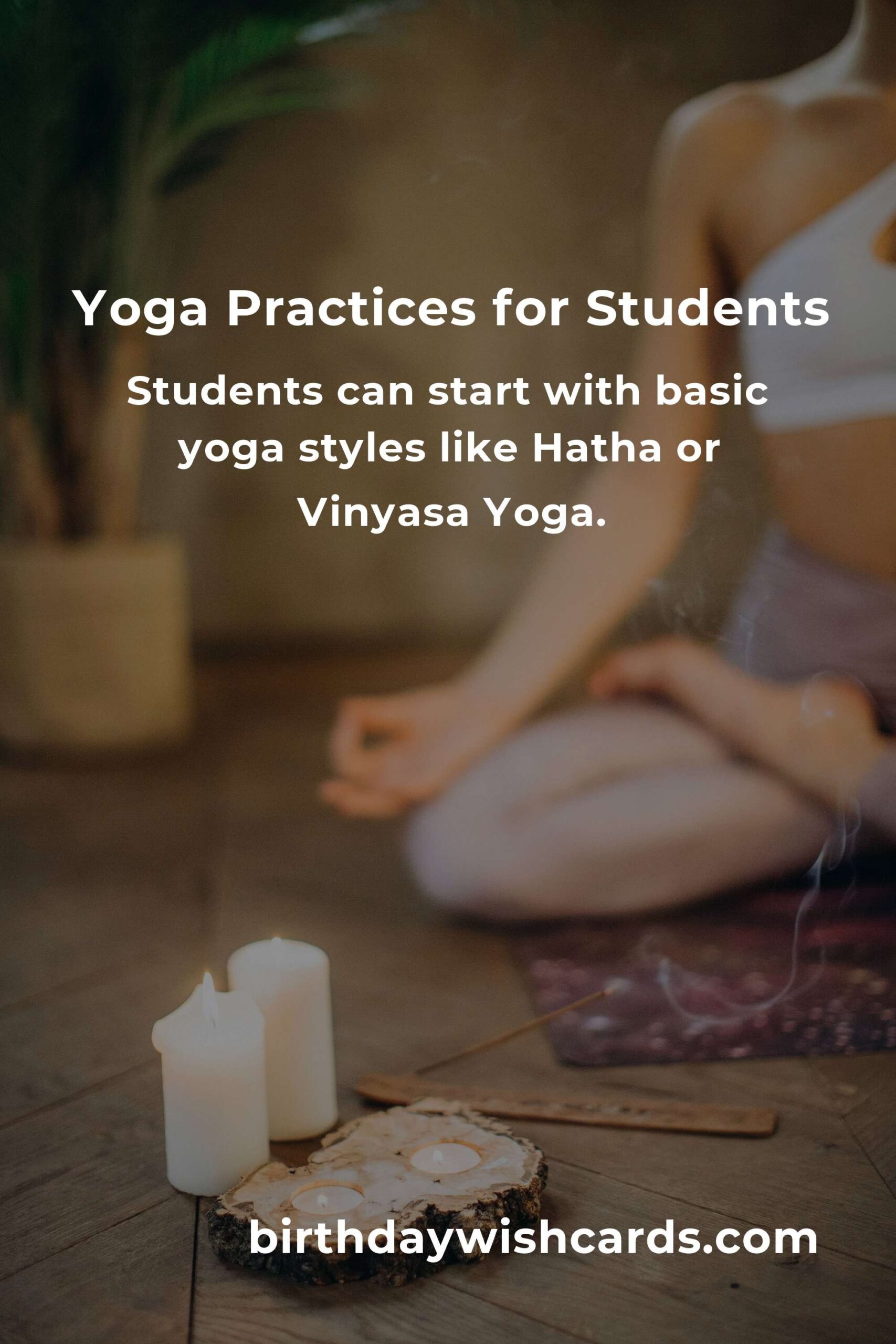Yoga for Students: A Comprehensive Guide to Getting Started
In today’s fast-paced world, students often find themselves overwhelmed with academic pressures and personal responsibilities. Yoga offers a wonderful escape and a holistic way to maintain mental and physical health. This guide provides everything students need to get started with yoga, from understanding its benefits to tips for a successful practice.


Why Yoga is Beneficial for Students
Yoga is not just a physical activity; it is a comprehensive approach to well-being that includes mental, emotional, and physical health. For students, yoga can be especially beneficial in managing stress, increasing concentration, and promoting overall wellness.


Stress Reduction
One of the most significant benefits of yoga for students is its ability to reduce stress. Through mindful breathing and meditation practices, students can learn to focus their minds and reduce anxiety. Regular practice can lead to a more relaxed and calm state of mind, which is crucial during exams and deadlines.


Improved Concentration and Focus
Yoga enhances concentration and focus, both of which are essential for academic success. The practice involves poses and exercises that require attention and precision, which can translate into better focus on studies and assignments.


Physical Health and Flexibility
Beyond mental benefits, yoga improves physical health by enhancing flexibility, building strength, and promoting better posture. Students often spend long hours sitting, and yoga can help counteract the negative effects of prolonged sitting.


Getting Started with Yoga
Starting yoga doesn’t require expensive equipment or a gym membership. Here’s how students can begin their yoga journey:
Choose the Right Yoga Style
There are various styles of yoga, each with different focuses. Hatha Yoga is excellent for beginners as it emphasizes basic postures and breathing techniques. Vinyasa Yoga, which involves fluid movements, might be preferred for those looking for a more dynamic practice.
Set a Regular Practice Schedule
Consistency is key in yoga. Students should aim to practice yoga regularly, even if it’s for a short duration. Setting aside 15-30 minutes daily can make a significant difference in mental and physical well-being.
Create a Comfortable Space
A quiet, comfortable space free from distractions is essential for practicing yoga. A yoga mat, comfortable clothing, and a calm environment can enhance the experience.
Simple Yoga Poses for Beginners
Here are some beginner-friendly yoga poses that students can try:
Mountain Pose (Tadasana)
This foundational pose helps improve posture and balance. Stand with feet together, arms by the sides, and focus on breathing deeply.
Downward-Facing Dog (Adho Mukha Svanasana)
This pose strengthens the arms and legs while stretching the shoulders and hamstrings. Start on hands and knees, then lift the hips upwards.
Child’s Pose (Balasana)
A resting pose that calms the mind and relieves tension. Kneel on the floor, sit on the heels, and stretch arms forward, resting the forehead on the ground.
Conclusion
Yoga is an accessible and effective practice for students to incorporate into their routines. It enhances mental focus, reduces stress, and promotes overall wellness. By starting with simple poses and maintaining a regular schedule, students can reap the long-term benefits of yoga.
Yoga offers a holistic way to maintain mental and physical health for students.
It helps reduce stress, increase concentration, and improve overall wellness.
Students can start with basic yoga styles like Hatha or Vinyasa Yoga.
Consistency and a comfortable space are key to a successful yoga practice.
Incorporating yoga into daily routines can bring long-term mental and physical benefits.
#YogaForStudents #BeginnerYoga #StudentWellness #YogaPractice #Mindfulness



